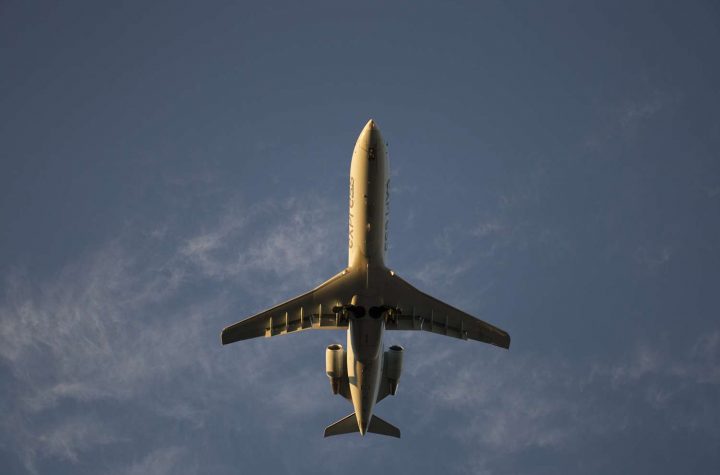- This topic is empty.
-
AuthorPosts
-
2025-04-08 at 1:33 pm #83984
Rail transport has long been heralded as a cornerstone of modern logistics and public transportation, offering numerous advantages such as energy efficiency, reduced greenhouse gas emissions, and the ability to move large volumes of goods and passengers over long distances. However, despite these benefits, rail transport is not without its disadvantages. This post aims to delve into the multifaceted drawbacks of rail transport, providing a nuanced understanding of the challenges it presents.
1. High Initial Infrastructure Costs
One of the most significant disadvantages of rail transport is the substantial initial investment required for infrastructure development. Constructing rail lines, stations, and maintenance facilities demands considerable financial resources. This upfront cost can be a barrier for many regions, particularly in developing countries where budget constraints are prevalent. Additionally, the maintenance of existing infrastructure requires ongoing funding, which can strain public budgets and divert resources from other essential services.
2. Limited Flexibility and Accessibility
Unlike road transport, which can reach virtually any location with a suitable surface, rail transport is inherently limited by its fixed routes. This lack of flexibility means that rail services may not be accessible to all communities, particularly those in rural or isolated areas. Furthermore, the need for passengers and freight to travel to and from specific rail stations can add time and complexity to journeys, potentially discouraging use compared to more flexible transport options.
3. Environmental Concerns
While rail transport is often touted for its lower emissions compared to road and air transport, it is not without environmental impacts. The construction and operation of rail lines can disrupt local ecosystems, leading to habitat fragmentation and biodiversity loss. Additionally, the sourcing of materials for rail infrastructure, such as steel and concrete, can contribute to environmental degradation. Furthermore, trains are not immune to accidents, and derailments can have catastrophic consequences for both the environment and surrounding communities.
4. Operational Limitations
Rail transport is subject to various operational limitations that can hinder its efficiency. For instance, trains are often constrained by scheduling and capacity issues, leading to delays and reduced reliability. The need for coordination between different rail operators can complicate logistics, particularly in regions with multiple rail networks. Moreover, the reliance on specific types of rolling stock can limit the adaptability of rail services to changing market demands.
5. Safety and Security Concerns
Safety is a paramount concern in rail transport, as accidents, although infrequent, can result in significant casualties and damage. The potential for collisions, derailments, and other incidents necessitates stringent safety protocols and regular maintenance checks. Additionally, rail systems can be vulnerable to security threats, including vandalism and terrorism, which can disrupt services and pose risks to passengers and freight.
6. Competition from Other Modes of Transport
In an increasingly competitive transportation landscape, rail transport faces challenges from other modes, particularly road and air transport. The rise of e-commerce has led to a surge in demand for quick and flexible delivery options, often favoring trucks over trains. Moreover, advancements in air travel have made it possible to transport goods and passengers over long distances in a fraction of the time it takes by rail. This competition can lead to decreased market share for rail operators and may necessitate further investment in services to remain viable.
Conclusion
While rail transport offers numerous benefits, it is essential to recognize and address its disadvantages. High infrastructure costs, limited flexibility, environmental concerns, operational limitations, safety and security issues, and competition from other transport modes all present significant challenges. As we move towards a more sustainable and efficient transportation future, it is crucial for policymakers, industry stakeholders, and communities to engage in a comprehensive dialogue about the role of rail transport and how to mitigate its drawbacks. By doing so, we can harness the strengths of rail transport while addressing its limitations, ultimately leading to a more balanced and effective transportation system.
-
AuthorPosts
- You must be logged in to reply to this topic.


